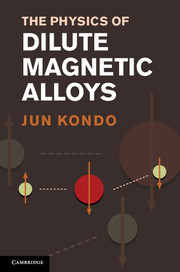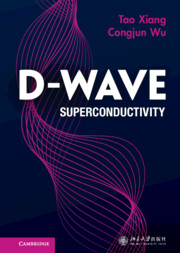Electron Correlation in Metals
The recent development of theory on electron correlation in metals is explained in detail in this book. The strongest interaction between electrons in metals is the Coulomb repulsive force. This interaction gives rise to magnetism such as the ferromagnetism in Fe, Co and Ni. This interaction also induces the metal-insulator transition called the Mott transition. Surprisingly, recent studies confirm that the repulsive interaction is the origin of high temperature superconductivity in copper-oxide systems. Moreover, the number of new superconducting systems due to the electron correlation are rapidly increasing.
- Contains explanation of superconductivity in strongly correlated electron systems
- Text book of many-body problem in condensed matter physics
- Detailed explanation of Fermi liquid theory in a unified way
Reviews & endorsements
Electron Correlation in Metals could serve as a supplementary reference in a graduate-level, special-topics course in condensed matter theory. When confronting a new problem, it is often instructive to take a first stab at it using perturbative techniques - and for that, Yamada is indeed an expert.
Nandini Trivedi, Ohio State University, Columbus.
"Yamada carefully explains all...with the aid of many helpful diagrams, and thoroughly describes the numerous consequences of these correlated electron movements, especially magnetic behaviour and superconductivity."
SIr Alan Cottrell, MATERIALS CHARACTERIZATION
Product details
June 2010Paperback
9780521147682
256 pages
229 × 152 × 14 mm
0.35kg
Available
Table of Contents
- Preface
- 1. Fermi gas
- 2. Fermi liquid theory
- 3. Anderson's orthogonality theorem
- 4. s-d Hamiltonian and Kondo effects
- 5. Anderson Hamiltonian
- 6. Hubbard Hamiltonian
- 7. Fermi liquid theory of strongly correlated electron systems
- 8. Transport theory based on Fermi liquid theory
- 9. Superconductivity in strongly correlated electron systems
- Appendices
- Index.





